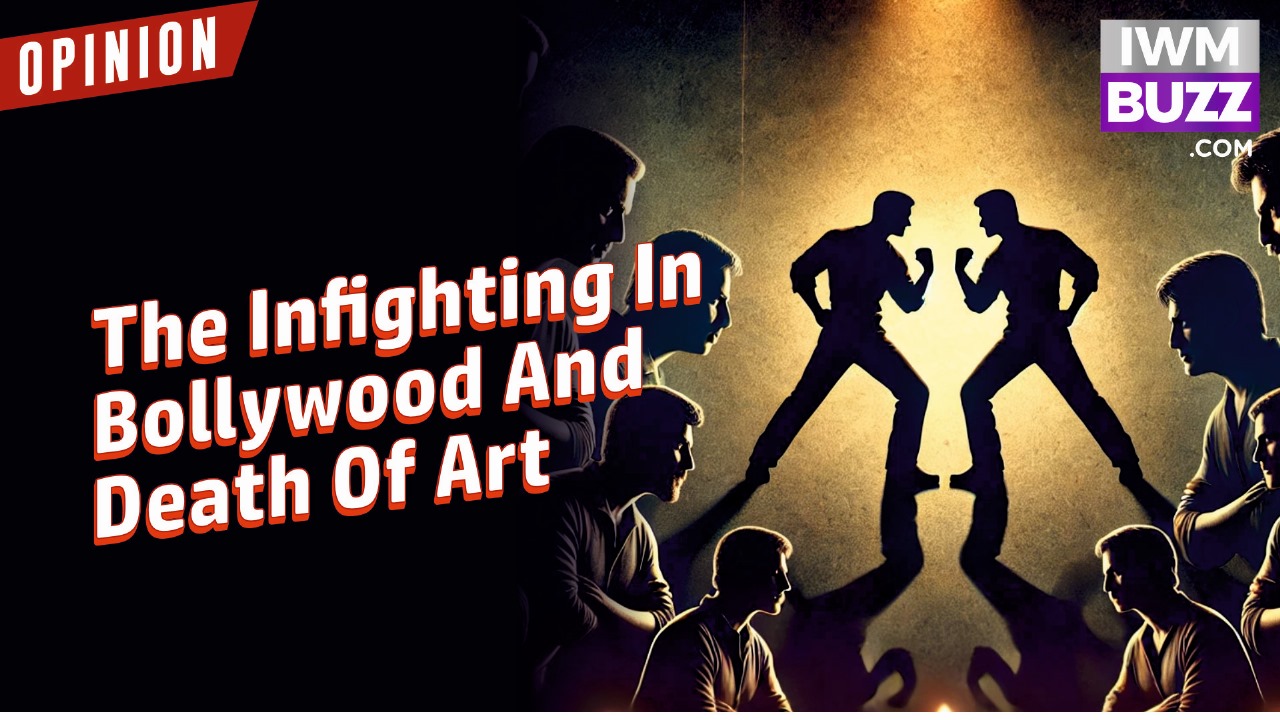In an industry synonymous with glamour, passion, and a good dose of melodrama, Bollywood has become an incessant battleground of egos and accusations.
The latest skirmish between Karan Johar and Divya Khosla Kumar over the film Jigra epitomizes a disturbing trend: the descent of cinematic artistry into a murky swamp of social media squabbles.
What was once a platform for storytelling and artistic expression has morphed into a circus where the loudest voices drown out the creativity. Divya Khosla Kumar, in her audacious bid to call out Karan on alleged box office inflations, made headlines for all the wrong reasons. Her blatant attacking remarks about empty theatres and Alia Bhatt mirrors a critical turn: the focus has shifted from art to scandal.
Instead of discussing the film’s merits—or lack thereof—we find ourselves embroiled in a farcical debate about who is “stealing” from whom and who deserves a seat at the proverbial table.
Karan Johar, that suave architect of star-studded spectacles, has opted for the passive-aggressive route, cryptically suggesting that silence is the best rebuttal to “fools.” While it is not clearly “clear” but it is definitely clarifyingly clear.
But we expected him to engage in a meaningful dialogue, but he resorts to social media theatrics, which do little to elevate the discourse on cinema itself.
All of that, and Kangana Ranaut just adds a bit more to it! Always ready to throw her hat into the ring with cryptic jabs that, while not directly addressing anyone, manage to cut through the noise. Her commentary on the failures of women-centric films and the sabotage behind the scenes tells that the infighting isn’t just personal; it’s systemic. Kangana’s outspokenness is both a call to arms and a reflection of the fractures within the industry.
Yet, in this chaotic melee, is anyone really listening? Or are they too consumed by their own battles to notice the decay of the art form they claim to love?
Then we have Bijou Thaangjam, who has thrown another grenade into the already chaotic landscape by highlighting the discrimination faced by Northeast Indian actors. One has to wonder: is this an industry genuinely concerned about equality, or merely a stage for the loudest grievances?
Each accusation chips away at the credibility of the entire cinematic experience, suggesting that our beloved Bollywood is less about artistry and more about backroom dealings and social posturing.
The irony is rich: the very individuals who wield power and influence seem to have forgotten the art of cinema in their quest for validation through social media spats. It’s as if the fabric of Bollywood—woven from passion, talent, and collaboration—has frayed into threads of divisive rhetoric. As filmmakers and actors engage in public feuds, they inadvertently undermine the very foundation of storytelling.
Where is the time for nuanced narratives when everyone is too busy throwing shade and retweeting salvos?
Let’s not ignore the sinister implications of this infighting. With press screenings abandoned and reviews allegedly up for sale, the industry is veering dangerously close to self-parody.
If critics are nothing but alleged paid puppets, how do we expect audiences to trust the art being presented to them? The loudest cries for authenticity come from those complicit in a system that thrives on deceit.
In a space where every tweet and Instagram story can shift public opinion, the art of cinema suffers a slow, painful death. Gone are the days when filmmakers could labour over their projects, allowing the narratives to breathe and grow organically. Now, every release feels like a gladiatorial contest, where box office numbers are the spoils of war, and the true essence of storytelling is lost amidst the clamour.
This relentless infighting within Bollywood haunts a cautionary tale about the perils of ego over artistry. In the end, overall business suffers, creating a quagmire which pulls all down. In a recent conclave India Web Fest organised by IWMBuzz, actor Rakul Preet Singh mentioned down South, there is extreme unity.
Indeed there is, and that has led to a collective growth of the industry. The battle should be of wits, not words and may the best creator win by the blessings of the audience. Compete for cinematic excellence, not to pacify insecure whispers in one’s minds and hearts.
Bollywood superstar Akshay Kumar said in a media interview, “People love seeing it when 3-4-5 films don’t work. I’ve seen it myself. People (from the industry) are happy ki inka picture nahi chala.”
When you celebrate others’s failures or fuel negative PR, you are a fool thinking there is light at the end of the tunnel.
These public spats continue to overshadow the films themselves; one must wonder: will the true spirit of cinema—rooted in collaboration, creativity, and authenticity—ever find its way back to the forefront? Or are we doomed to watch as the cinematic dream implodes under the weight of its own dramatic folly?
The answer remains tantalizingly out of reach, hidden behind the smoke and mirrors of social media drama.
It’s time Bollywood goes back to movies.
(With inputs from Siddhartha Laik)

